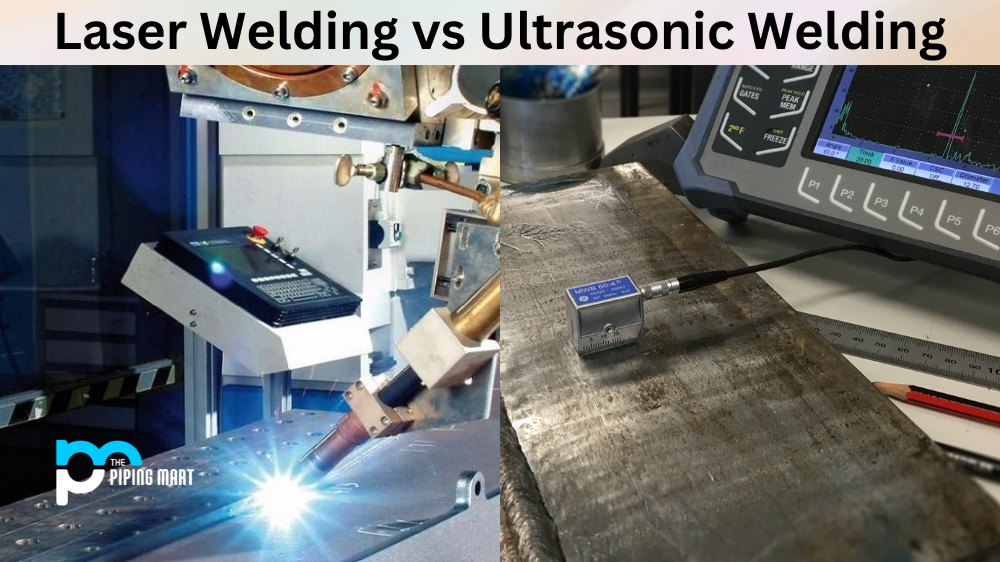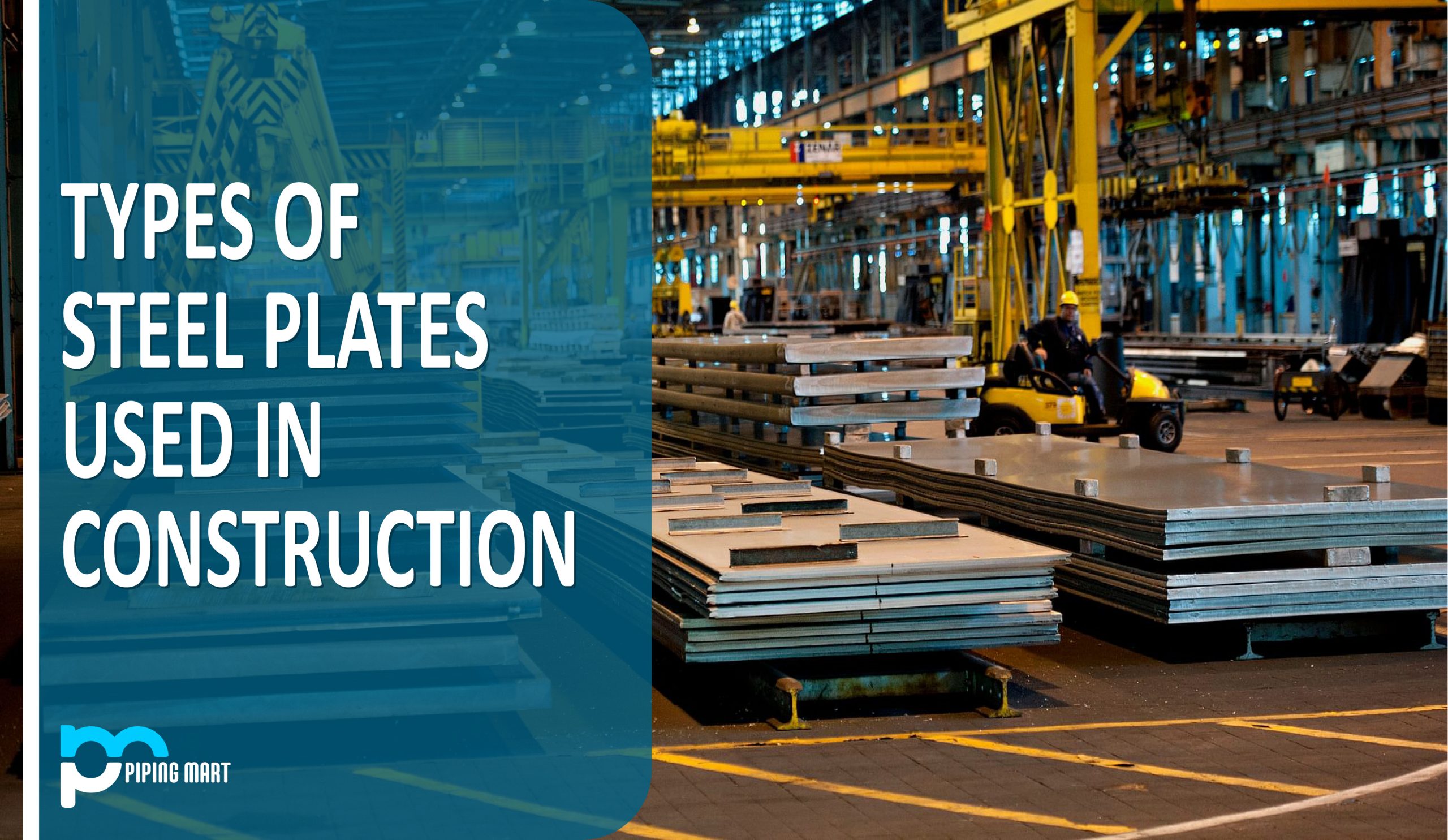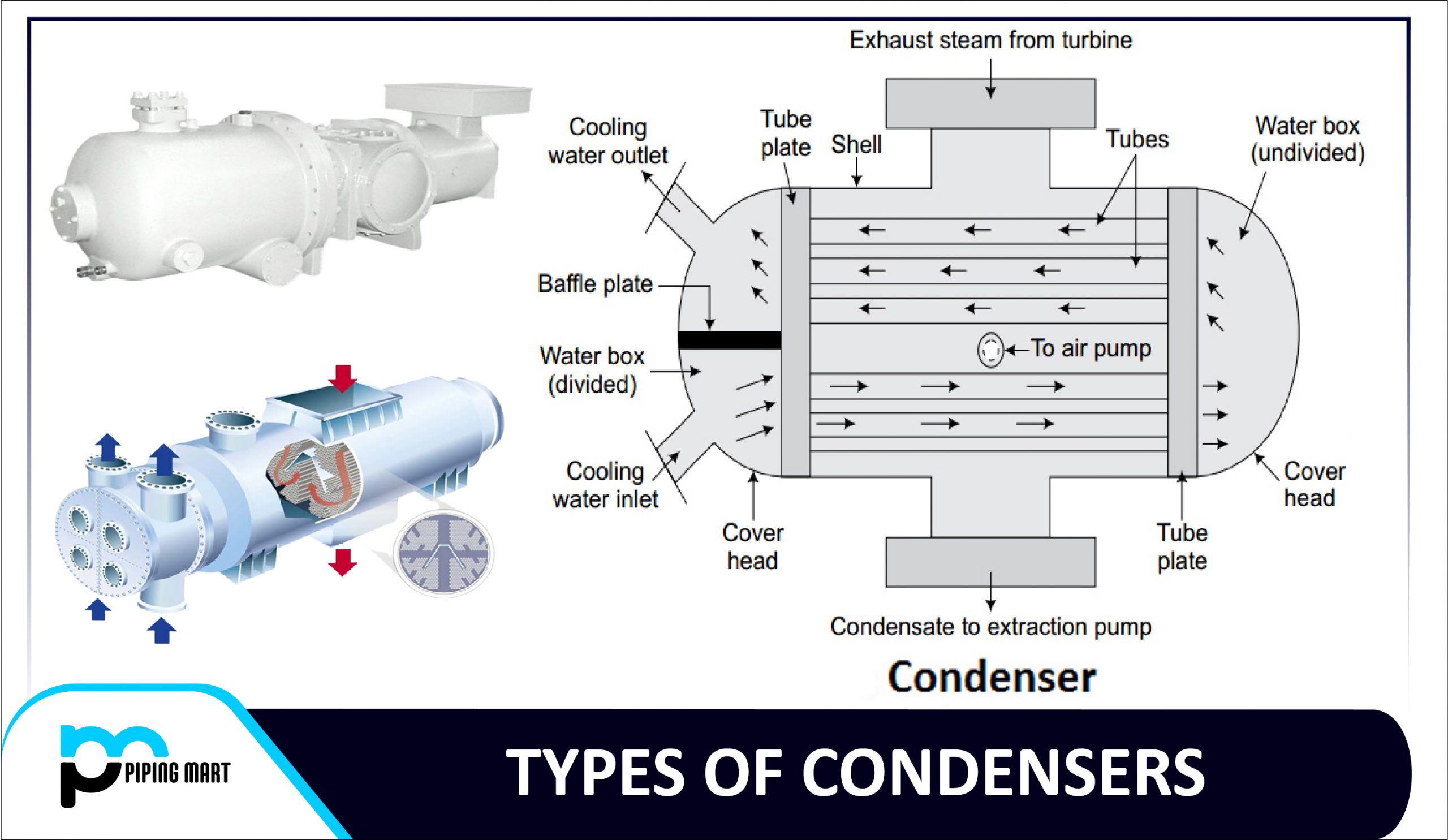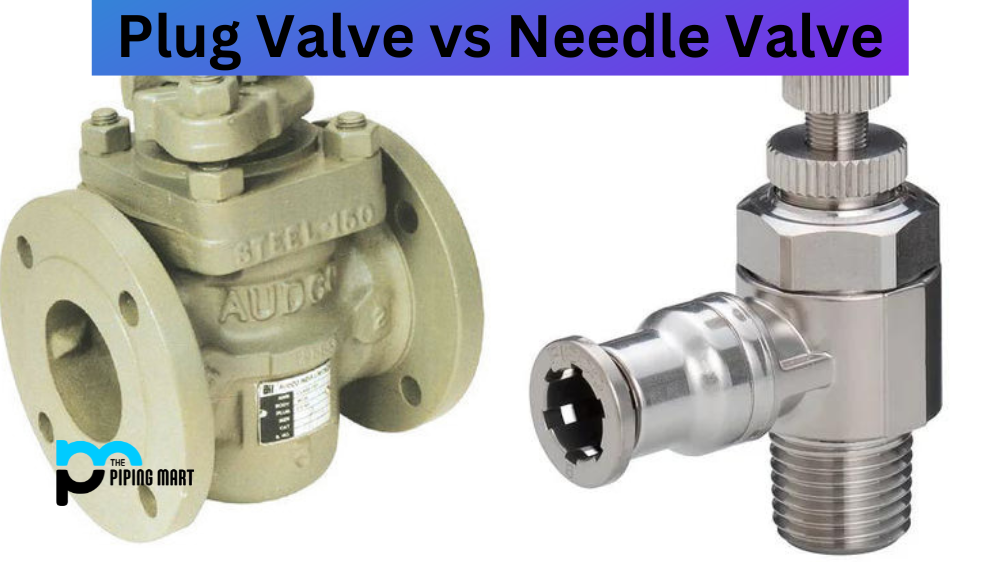When it comes to manufacturing, there are several welding processes that can be used to join two or more materials together. Two of the most popular methods are laser welding and ultrasonic welding. Both have their own unique advantages and disadvantages, so it can be difficult to know which one is right for your project. Let’s take a closer look at these two processes.
Laser Welding
Laser welding uses a concentrated beam of light to heat the materials to be joined together. This process is typically used for joining thin pieces of metal, such as aluminium or stainless steel sheets. The laser beam is highly accurate and produces minimal distortion in the welded material, making it ideal for precision applications. Additionally, laser welding does not require any additional filler material, so the resulting welds are clean and relatively strong. The downside is that laser welding can be expensive due to the specialized equipment required for the process. Laser welding is a type of welding that uses a laser to heat the material being joined. The heat from the laser melts the material, allowing it to be joined together. Laser welding is often used for joining metals but can also be used for joining plastics and other materials.
Ultrasonic Welding
Ultrasonic welding uses high-frequency sound waves to generate heat and bond two pieces of material together. This process works best on thermoplastics but can also be used on metals as well as other materials such as ceramics or glass. Ultrasonic welding is often preferred in applications where speed is important because it can produce a very strong bond in a matter of seconds. Additionally, ultrasonic welding requires fewer steps than other types of welding processes since no filler material is needed, which can reduce costs significantly. However, this method does produce more distortion in the welded material than laser welding does, so accuracy may suffer if precise tolerances are needed. Ultrasonic welding is a type of welding that uses ultrasonic waves to heat the material being joined. The heat from the ultrasonic waves melts the material, allowing it to be joined together. Ultrasonic welding is often used for joining metals but can also be used for joining plastics and other materials.
Difference Between Laser Welding and Ultrasonic Welding
Advantages of Laser Welding
Some of the advantages of laser welding over other types of welding include the following:
- The laser beam can be focused to a very small spot size, making it possible to weld very thin materials.
- Laser welding can be performed quickly and efficiently.
- Laser welds are typically very strong and have a low defect rate.
- Laser welds are less likely to cause warping or distortion in the material being joined.
Advantages of Ultrasonic Welding
Some of the advantages of ultrasonic welding over other types of welding include the following:
- Ultrasonic welds can be performed quickly and efficiently.
- Ultrasonic welds are typically very strong and have a low defect rate.
- Ultrasonic welds are less likely to cause warping or distortion in the material being joined.
- Ultrasonic welding does not require the use of any filler materials, making it a more environmentally friendly option.
Disadvantages of Laser Welding
Some of the disadvantages of laser welding include the following:
- Laser welds can be difficult to inspect, as they are often hidden inside the material being joined.
- Laser welders are expensive, making them inaccessible for many small businesses and hobbyists.
- Laser welds can be susceptible to cracking if not done correctly.
Disadvantages of Ultrasonic Welding
Some of the disadvantages of ultrasonic welding include the following:
- Ultrasonic welders are expensive, making them inaccessible for many small businesses and hobbyists.
- Ultrasonic welds can be difficult to inspect, as they are often hidden inside the material being joined
Conclusion:
When deciding between laser welding and ultrasonic welding for your project, you should consider factors such as cost, speed, accuracy, and strength requirements when making your decision. Laser welding produces precise results with minimal distortion in thin materials but may require more expensive equipment than ultrasonic welding does. On the other hand, ultrasonic welding offers greater speed and cost savings but may lack some accuracy compared to laser welds depending on the application requirements. Ultimately, both processes have their advantages and disadvantages; by carefully assessing your project needs, you should be able to determine which one will work best for you!

Pipingmart is a B2B portal that specializes in metal, industrial and piping items. Additionally, we share the latest information and information about materials, products and various types of grades to assist businesses that are involved in this business.




